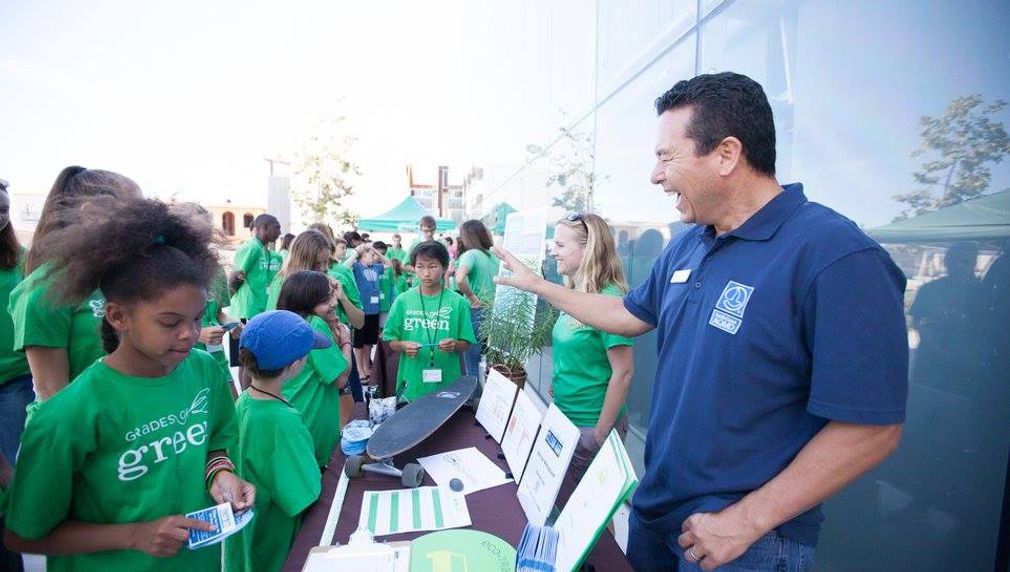Know Your Air: Youth Monitoring & Advocacy
This program empowers LA youth through school-based air quality monitoring and targeted educational campaigns, building STEM skills and environmental advocacy with a focus on Clean Air Day participation and wildfire pollution awareness.

What is the primary issue area that your application will impact?
K-12 STEAM education
In which areas of Los Angeles will you be directly working?
County of Los Angeles (select only if your project has a countywide benefit) City of Los Angeles (select only if your project has a citywide benefit) LAUSD (select only if you have a district-wide partnership)
In what stage of innovation is this project, program, or initiative?
Expand existing project, program, or initiative (expanding and continuing ongoing, successful work)
What is your understanding of the issue that you are seeking to address?
Los Angeles youth face daily exposure to harmful air pollutants such as PM2.5 and ozone, particularly in low-income neighborhoods near highways and industrial sites. These exposures lead to higher rates of asthma and other respiratory issues among children. While LAUSD and the LA County Office of Education (LACOE) serve some of the largest student populations in the country, historically, few resources have gone toward equipping students with tools to understand or respond to air quality threats, particularly those posed by wildfires. Youth lack access to localized air data and age-appropriate education that connects air pollution to health and climate. Addressing this gap is critical for public health and youth empowerment; by providing youth with this information in a classroom setting and combining it with action items tied to our annual Clean Air Day event, students will be engaged, informed, and empowered to utilize their newfound knowledge to positively impact their communities.
Describe the project, program, or initiative this grant will support to address the issue.
Building on the success of CCA’s partnership with LAUSD, creating the largest school-based air quality monitoring network in the world, CCA will educate and engage California’s youth further through our Clean Air Day program. Clean Air Day takes place on the first Wednesday in October each year, and in addition to supported activities, throughout the state, individuals are encouraged to “Take the Pledge” to take action for clean air. CCA has created customized Clean Air Day Pledges for elementary, middle, and high school students. Last year more than 760 elementary, middle, and high school students pledged to take actions, such as, “Tell my parents to turn off the car when idling” and “Give a report to my class on the environment.”
CCA will further develop wildfire-related air quality education, distribute Clean Air Day student pledges, and create youth-friendly infographics and time-lapse data animations to show air quality patterns. Youth-led Clean Air Day outreach and advocacy events have included Walk/Bike/Scoot to school events, Pledge drive competitions, tree planting events, and more.
Describe how Los Angeles County will be different if your work is successful.
This project will work to combine tangible, hands-on learning opportunities with practical skills that help students engage in advocacy well past their participation in the program. This will lead to students emerging as future leaders who are empowered to engage with peers and policymakers as air quality issues take on greater importance in the coming years.
Short-term: LA youth understand air quality science and act on pollution threats, including wildfires. Over 800 students take part in pledge campaigns and hands-on learning.
Long-term: The Know Your Air Network continues to expand and becomes a statewide model for localized air monitoring, student engagement, and health resilience in communities most burdened by poor air. Los Angeles youth become engaged advocates for the health and safety of their communities.
Approximately how many people will be impacted by this project, program, or initiative?
Direct Impact: 800
Indirect Impact: 12,000